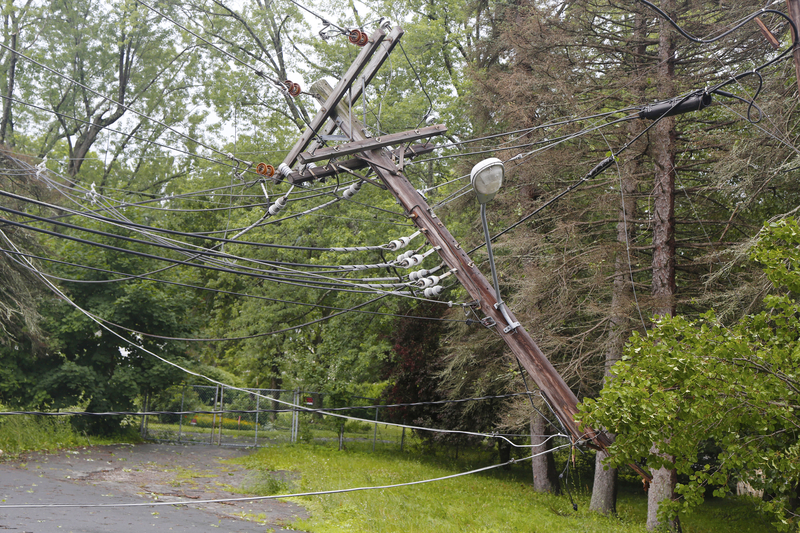The temporary power outage can be caused by thunderstorms, blizzards, wind, fire, earthquake – anything that can disrupt the power source or delivery supply lines for more than a couple of hours.
Having a plan that goes beyond the mere inconvenience stage but is not a full blown bug-out plan is paramount to ensuring your family is safe and relatively comfortable until normalcy returns.
Food and water in a power outage
Storing at least 3 days worth of nutrient dense food in your home is smart for many reasons, but one reason is in case of a power outage.
Choose food that your family is familiar with and enjoys. Stress levels can be higher during emergencies and you want food that decreases – not increases that stress.
In addition, you should have at least 3 gallons of water per person stored in your home. This is enough for drinking and basic sanitation needs.
Powerless Cooking Method
Storing food that doesn’t need to be cooked is one option – and that can be a great option if you are just getting started and funds are tight.
Many people have gas stovetops in their home (I do), and for some (not all) power outages, you will still have gas to your home and should be able to use your stovetop. Just make sure you know how to light it without power as many of them have electric starts.
One very simple – and relatively inexpensive – method that many people already have is a propane camping stove. If you don’t already have one, I actually like the single burner butane stoves better as they can be used indoors (with a window cracked), which is great for winter time power outages.
In addition, many people already own outdoor (charcoal or propane) grills. If that is you, just make sure you know how to use it and that the food you store can be cooked on it.
Fuel
No matter what option you choose, be sure you calculate how much fuel you will need for 3 days of cooking and store it as well!
Light during a power outage
You will need a way to see at night when your power is out.
The most basic option is a few flashlights. I suggest you keep one by everyone’s bed.
The downside of flashlights is that you have to store batteries as well. Batteries do have a shelf life, so if you don’t use them regularly, you might want to consider re-chargeable batteries and a solar charger.We also keep “flashlights” plugged into numerous outlets in various rooms of our home.
These automatically switch on when the power goes out giving you immediate light. But you can also unplug them and use them as a flashlight.
Another inexpensive option is candles. Candles (obviously) don’t require batteries. But make sure that if you have small children you keep the candles out of reach. You might also consider an oil lamp. These will burn bright for a long amount of time and are somewhat safer than an open candle.
Warmth during a power outage
If you face a power outage during the winter, you will need a way to stay warm. Here are a few tips:
• Make sure you have extra blankets
• Dress in layers
• Sleep with multiple people in each bed
• Eat! This will increase your internal body temperature
• Stay dry – change your clothes immediately if they get wet
• Put towels at the bottoms of doors and cover drafty windows with blankets
• Keep doors closed to all rooms you are not using and try to keep family members together in 1-2 rooms
• Consider purchasing a kerosene heater or make a few homemade space heaters.
Your typical power outage will only last a few hours, but even then, you need to have basic survival “get you through” supplies.
A more severe power outage will last up to 72 hours – after that, you are talking about an entirely different type of scenario that requires different survival preparation.
To learn more about how to prepare for a power outage up to 72 hours, check out Simple Family Preparedness.
